The relationship between architecture and education has evolved significantly over the years, giving rise to revolutionary structures that have transformed the way we learn and teach. Educational architecture is not just about creating spaces for instruction; it’s also about inspiring, motivating, and enhancing the overall educational process.
Educational architecture influences learning in diverse ways. Well-designed spaces can foster collaboration, creativity, and critical thinking. Moreover, the aesthetics of the environment can motivate students, create a sense of belonging, and promote emotional and mental well-being. Innovative architecture in educational institutions also takes sustainability and energy efficiency into account, educating future generations about the importance of caring for our planet.
Architect Santiago Calatrava is one who has made a significant mark in the field of educational architecture. His innovative approach is manifested in projects like the Valencia Science Institute in Spain, where he achieves a harmonious balance between functionality and aesthetics. Calatrava has demonstrated exceptional ability to create educational environments that serve not only as spaces for learning but also as sources of inspiration. His designs, often characterized by organic forms and dynamic structures, transform schools into architectural masterpieces that stimulate students’ creativity and critical thinking.
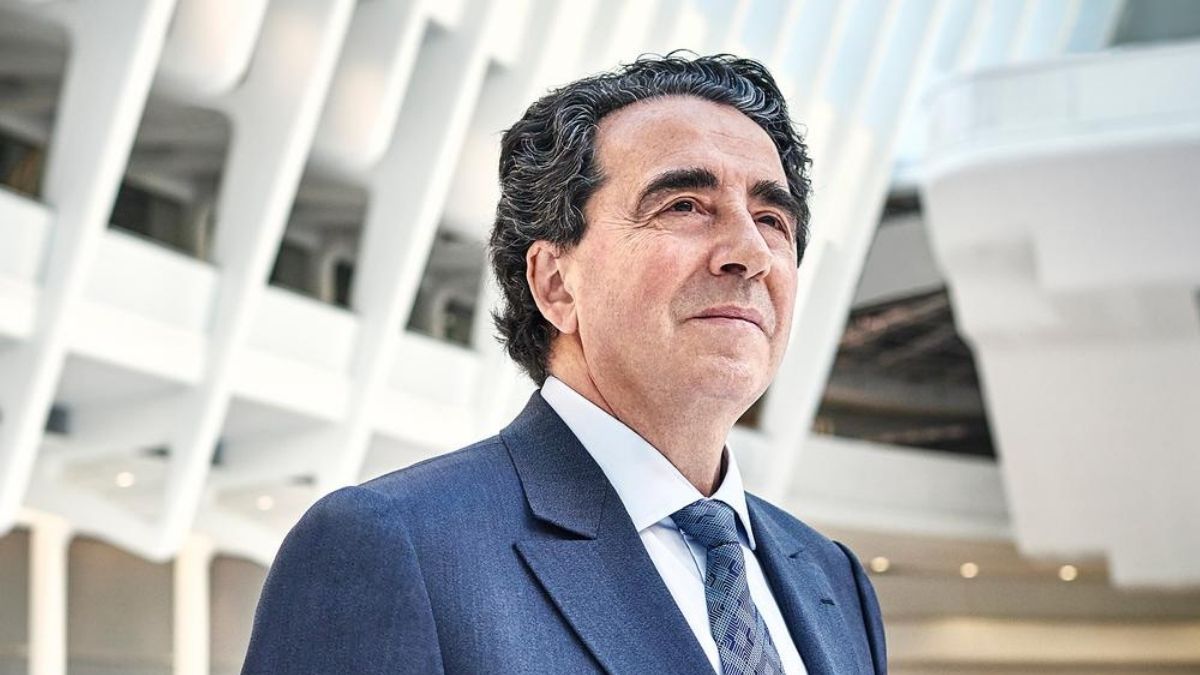
Valencian Architect, Santiago Calatrava.
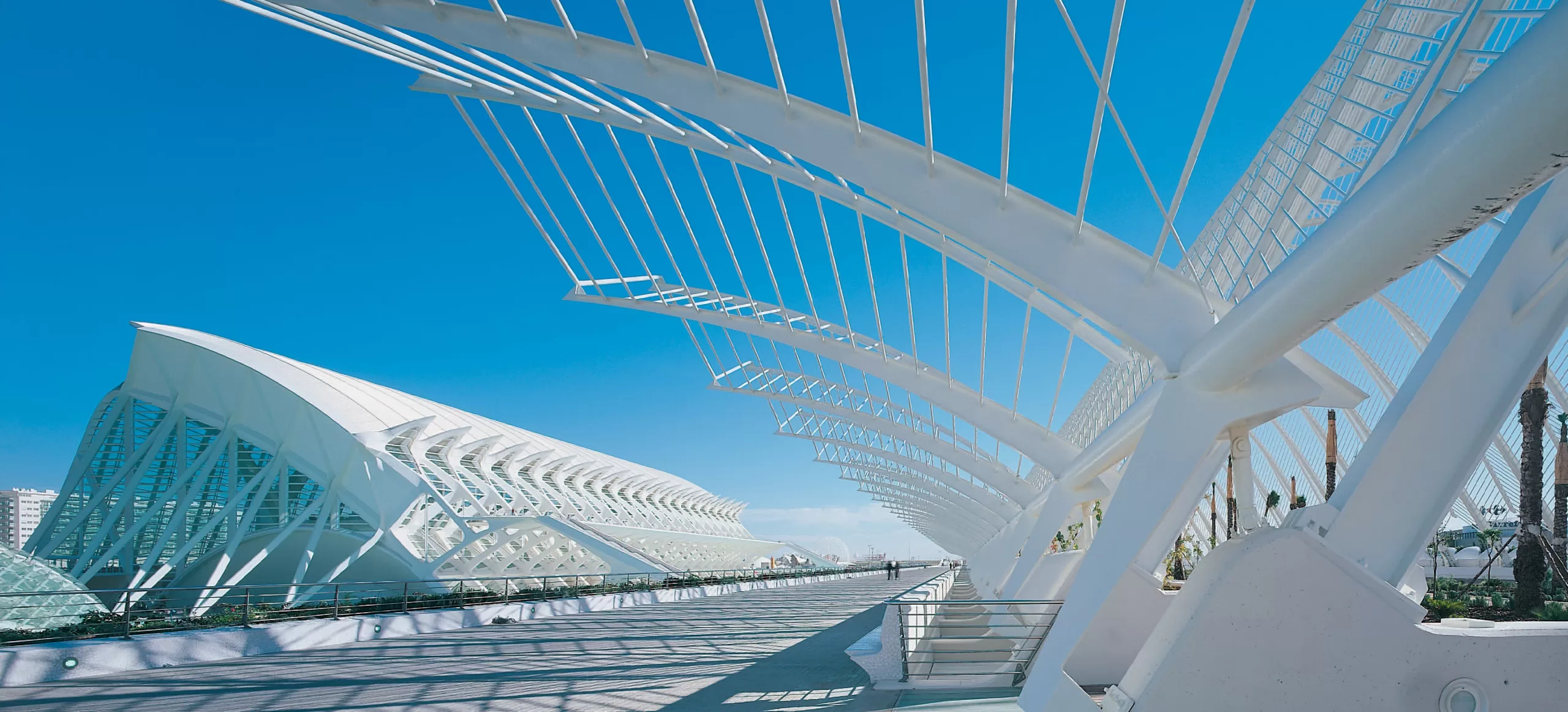
Valencia Institute of Sciences in Spain. Courtesy of Roland Halbe
Rosalie Schweiker and Christian Kerez, on the other hand, are Swiss architects who have excelled in school design through their collaboration on the Leutschenbach Primary School in Zurich. Their minimalist approach translates into educational spaces that prioritize efficiency and simplicity. In their project, they have shown how meticulous attention to design can optimize space usage and foster a learning environment that is functional, inspiring, and pleasant for both students and teaching staff alike. Their work in this school reflects a deep understanding of educational needs and how architecture can significantly enhance the teaching and learning process.

Leutschenbach Primary School in Zurich. Courtesy of Christian Kerez
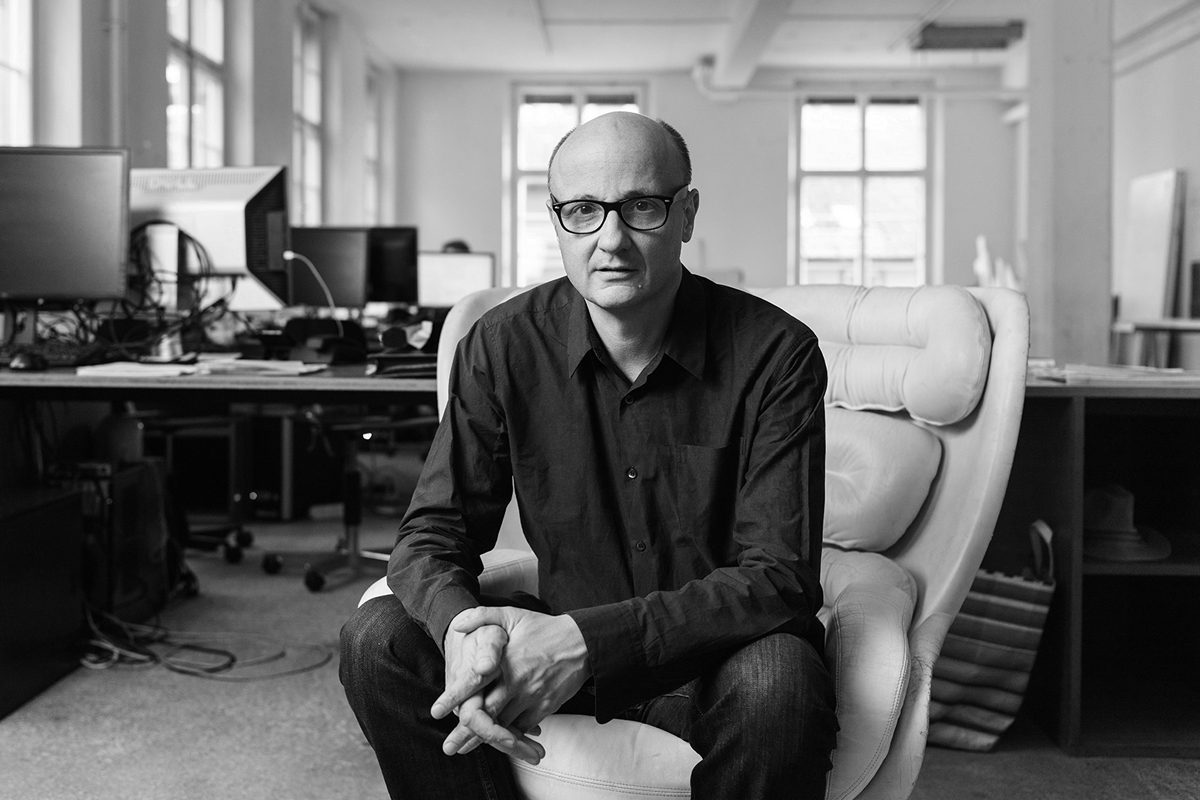
Swiss architect, Christian Kerez. Courtesy of Pro Helvetia/Christian Beutler
Japanese architect Shigeru Ban, known for his humanitarian approach, has been involved in several innovative educational projects. His work in the Takatori Catholic Church Community Center and the Kirinda Primary School in Sri Lanka stands out for his commitment to sustainability and the use of recycled materials, including cardboard tubes and paper. These projects not only provide functional educational spaces but also demonstrate the importance of sustainable architecture in the educational context.
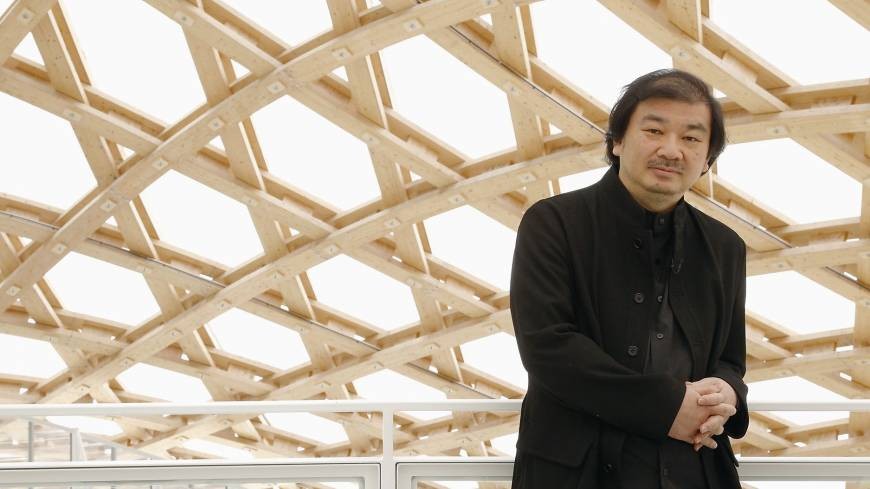
Japanese architect, Shigeru Ban. Courtesy of JapanTimes
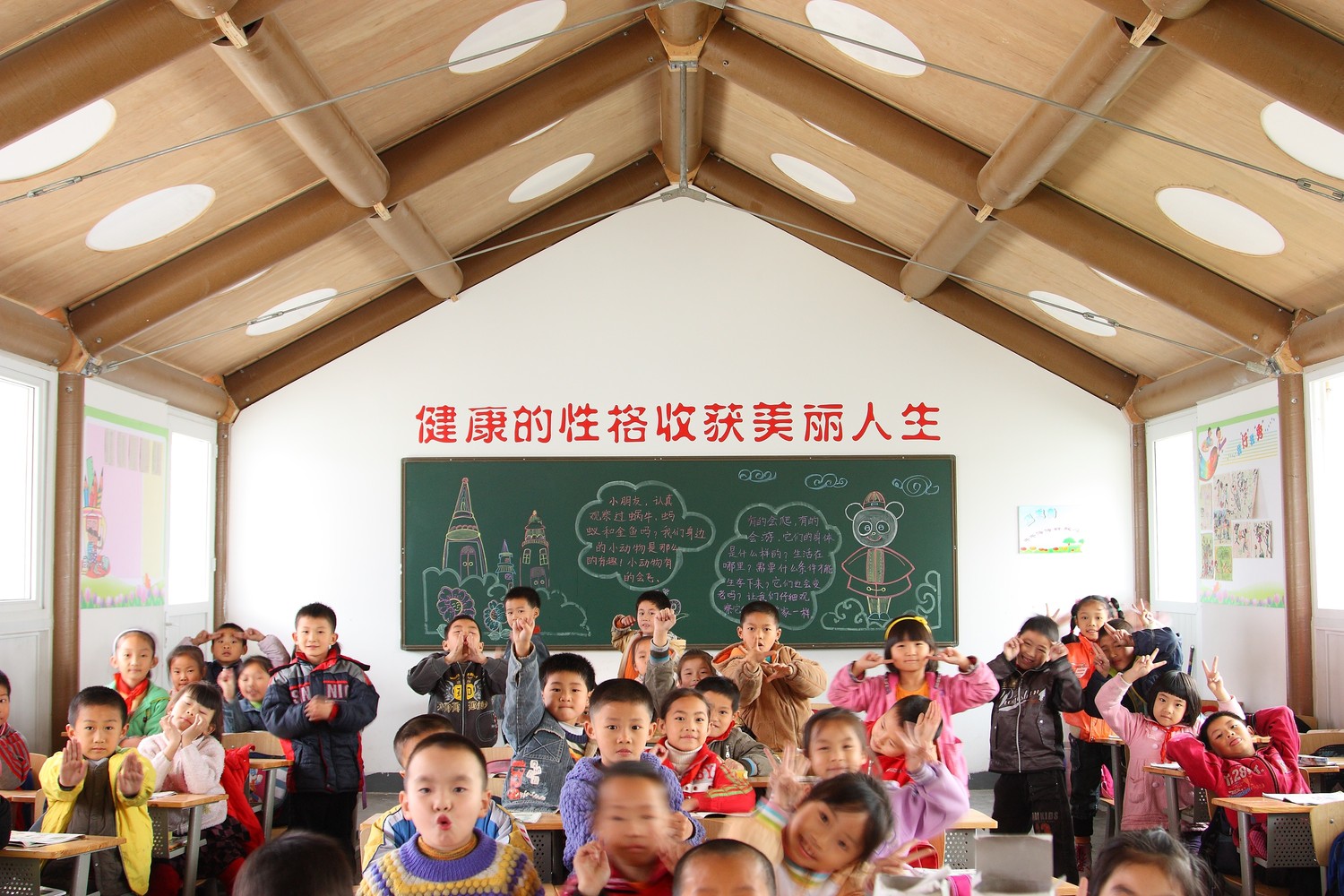
Kirinda Primary School in Sri Lanka. Courtesy of Li Jun.
German architect Anna Heringer is known for her focus on sustainable construction and dedication to disadvantaged communities. Her work on the Anandaloy School in Bangladesh has been widely praised. Using traditional construction techniques and local materials, Heringer created an educational space that is not only environmentally friendly but also culturally relevant. Anandaloy School highlights the importance of involving local communities in the design and construction process, ensuring that schools are not just physical structures but also social assets that empower local people.
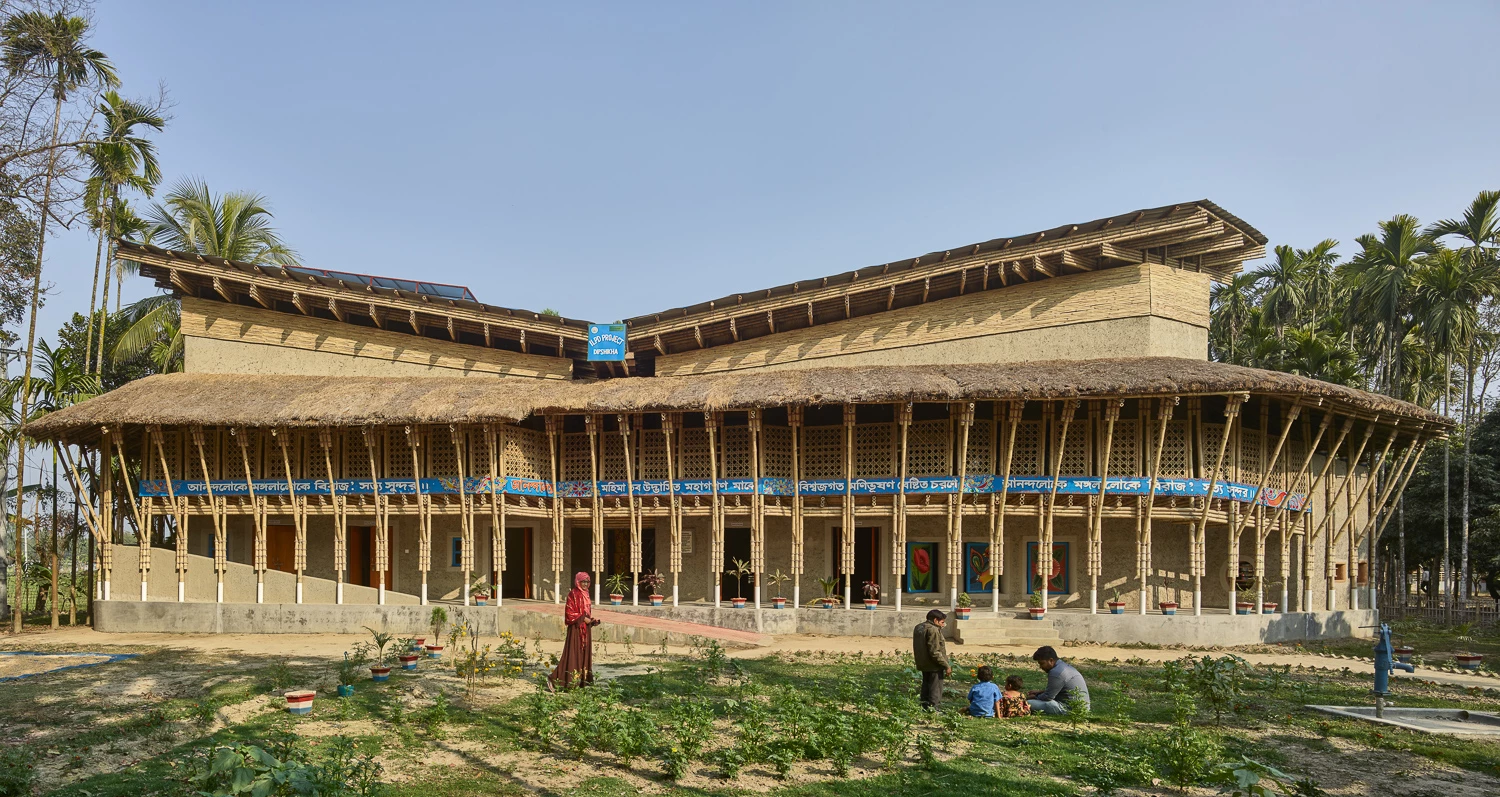
Anandaloy School in Bangladesh. Courtesy of Kurt Hoerbst
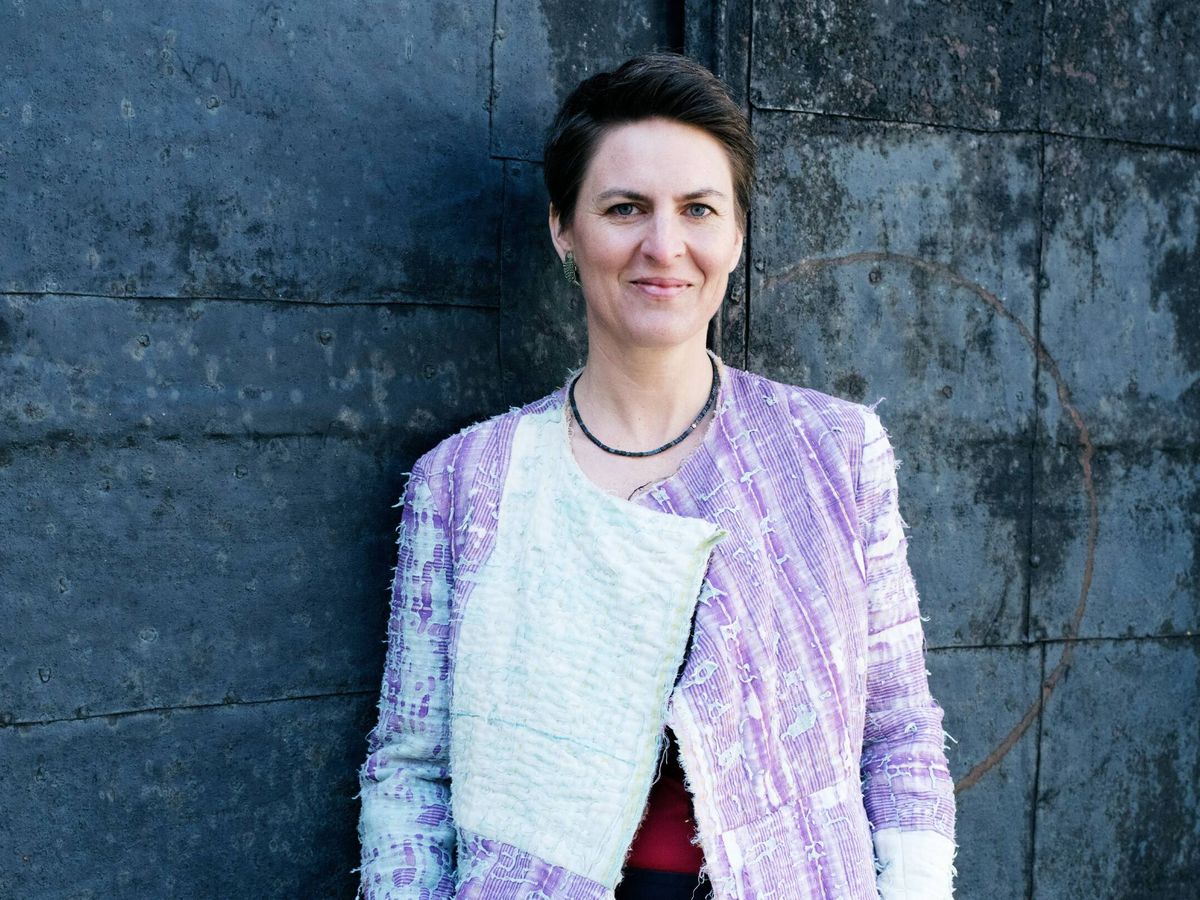
German architect, Anna Heringer. Courtesy of Gerald V. Foris
Diebedo Francis Kere, an architect from Burkina Faso, is known for his focus on vernacular architecture and his commitment to community-centered design. His most prominent project, the Gando Primary School in Burkina Faso, is a remarkable example of his work. Using local techniques and materials, Kere created an educational space that seamlessly integrates into the surrounding environment. The school not only provides a place for learning but also serves as a community center, demonstrating how architecture can strengthen social cohesion and transform the lives of people in disadvantaged communities.
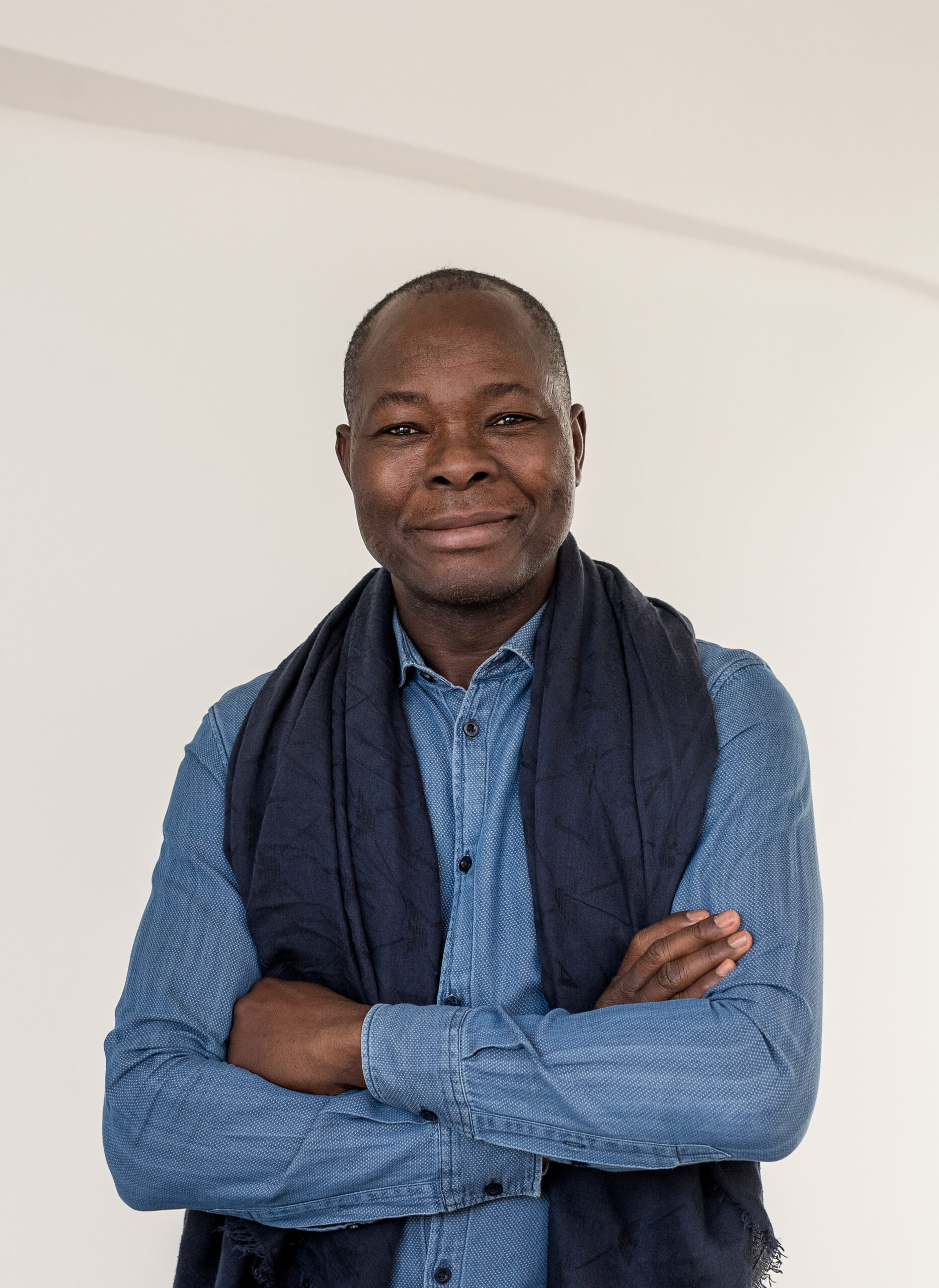
Burkinabe architect, Diabedo Francis Kere.
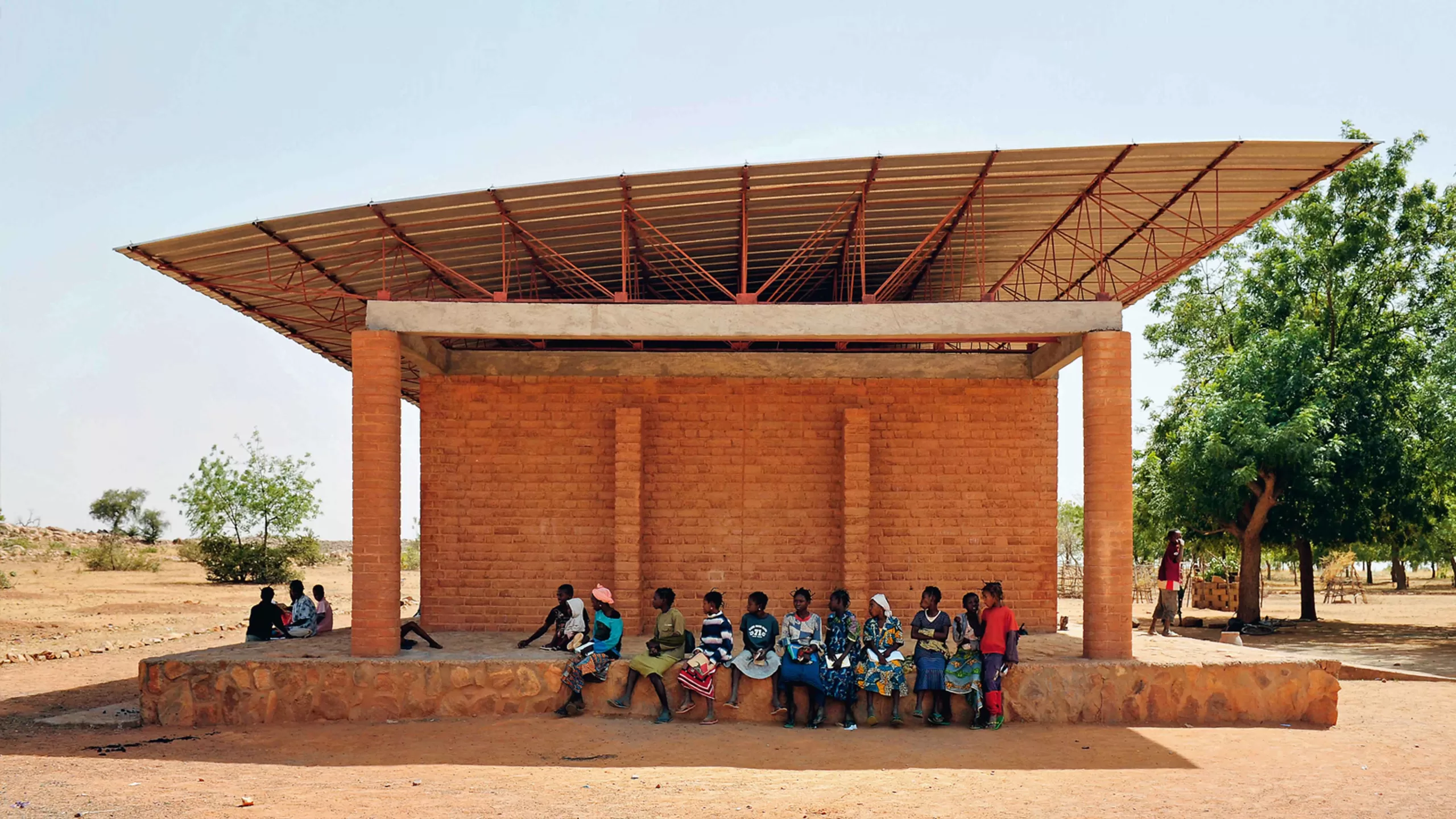
Gando Primary School in Burkina Fas. Courtesy of Eric Cano/Erik-Jan Ouwerkerk/Siméon Duchoud
On the other hand, there are groundbreaking structures that represent a bold shift in how we conceive educational spaces. The 21st Century School in Singapore challenges conventions by breaking down traditional classroom walls, fostering a collaborative dynamic that transcends the boundaries of learning. At the Delft University of Technology in the Netherlands, architecture becomes an instrument for sustainability, using natural light and renewable energy to create an environment conducive to learning.
The Green School in Bali, built with local and sustainable materials, serves as an eloquent reminder of our connection to nature, inviting students to learn in harmony with their surroundings. Finally, the Learning and Knowledge Center at Stanford University represents the perfect fusion of advanced technology and innovative design, creating a space where global collaboration and creativity are at the core of the educational experience. These buildings are not just physical structures; they are tangible manifestations of a progressive educational approach that values collaboration, sustainability, and inspiration as foundations for 21st-century learning.
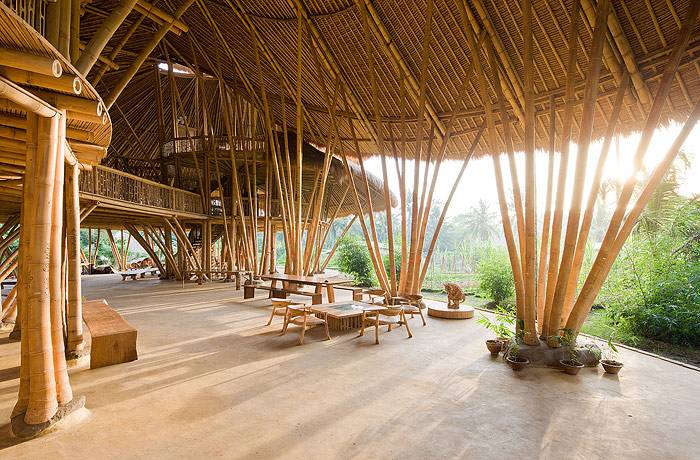
With this brief overview of architects and buildings, we can see how educational architecture has evolved toward a more holistic, student-centered approach. These schools and educational centers are not only aesthetically impressive but also designed to maximize the potential of those who occupy them. Looking toward the future, it is crucial that we continue to innovate in the design of educational spaces to create environments that inspire, motivate, and empower future generations, taking education to new horizons.


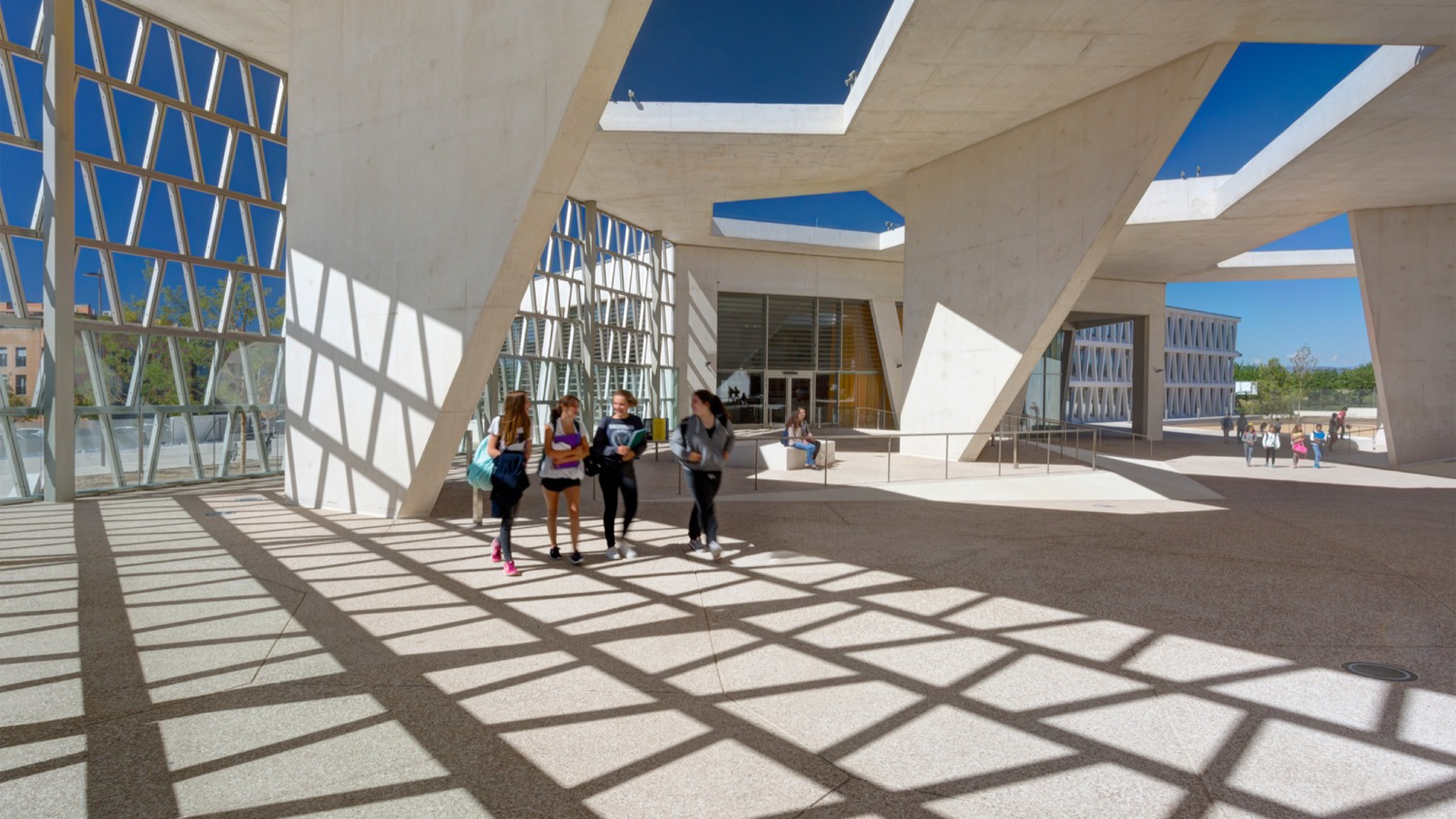
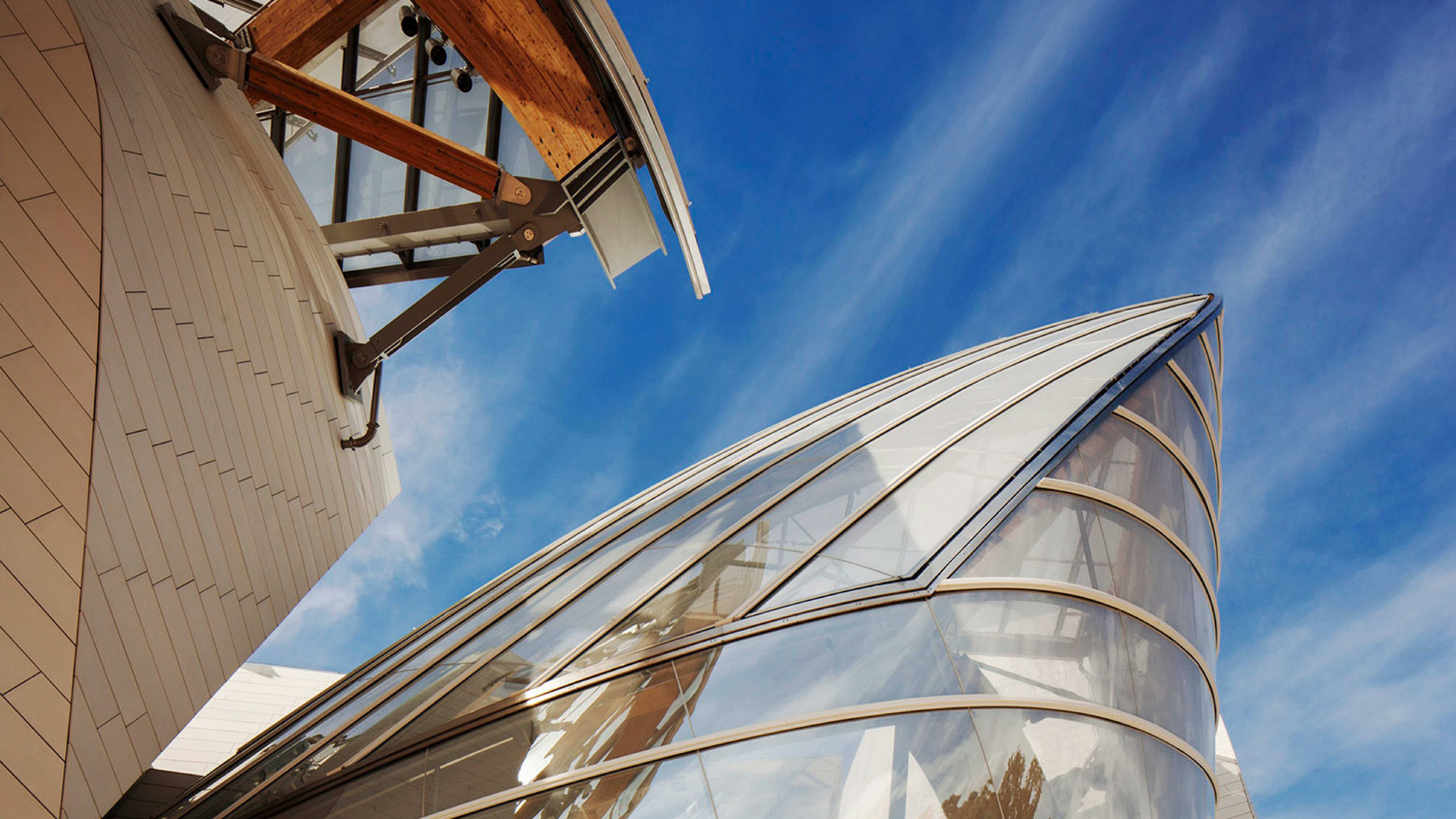
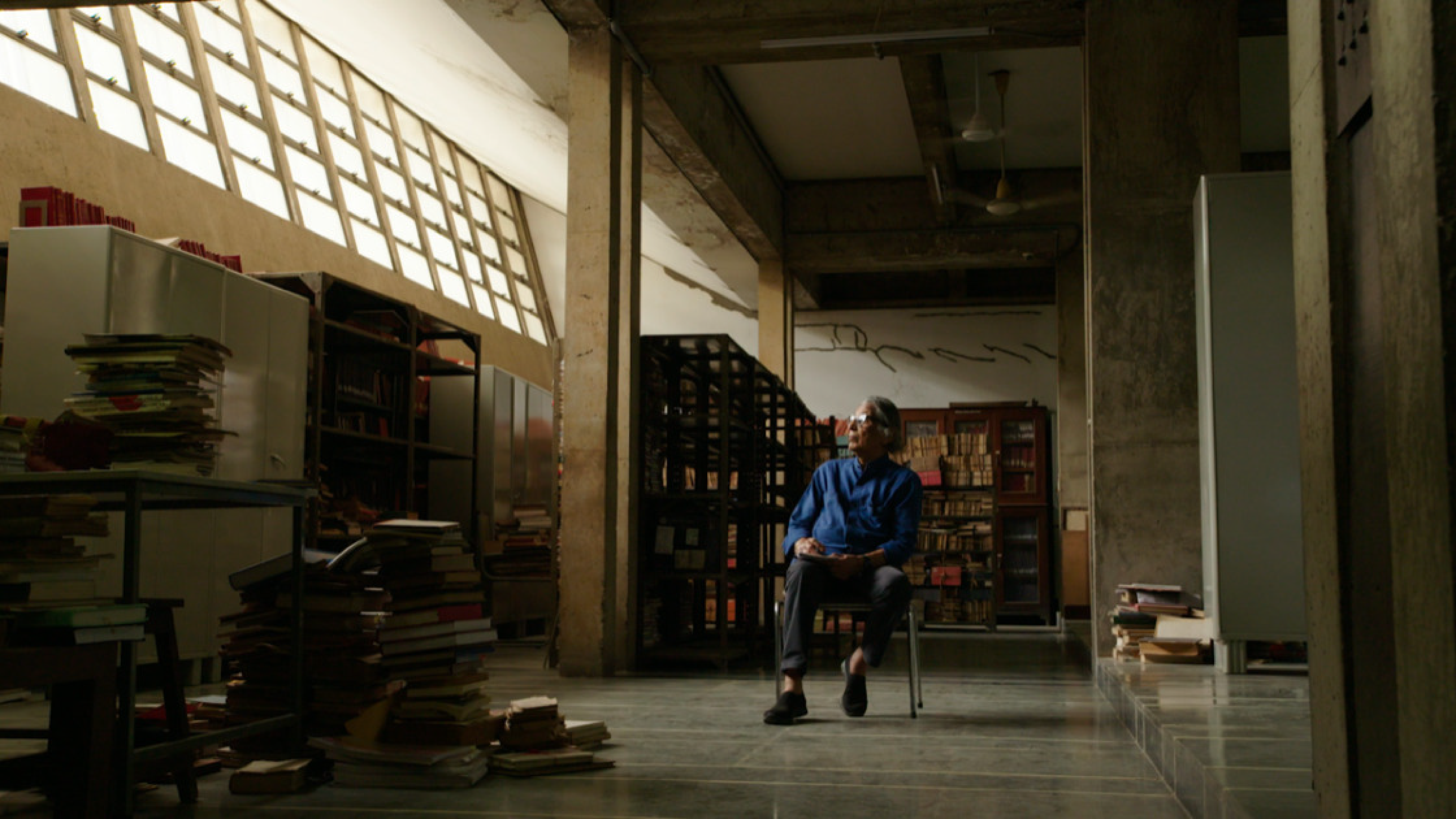
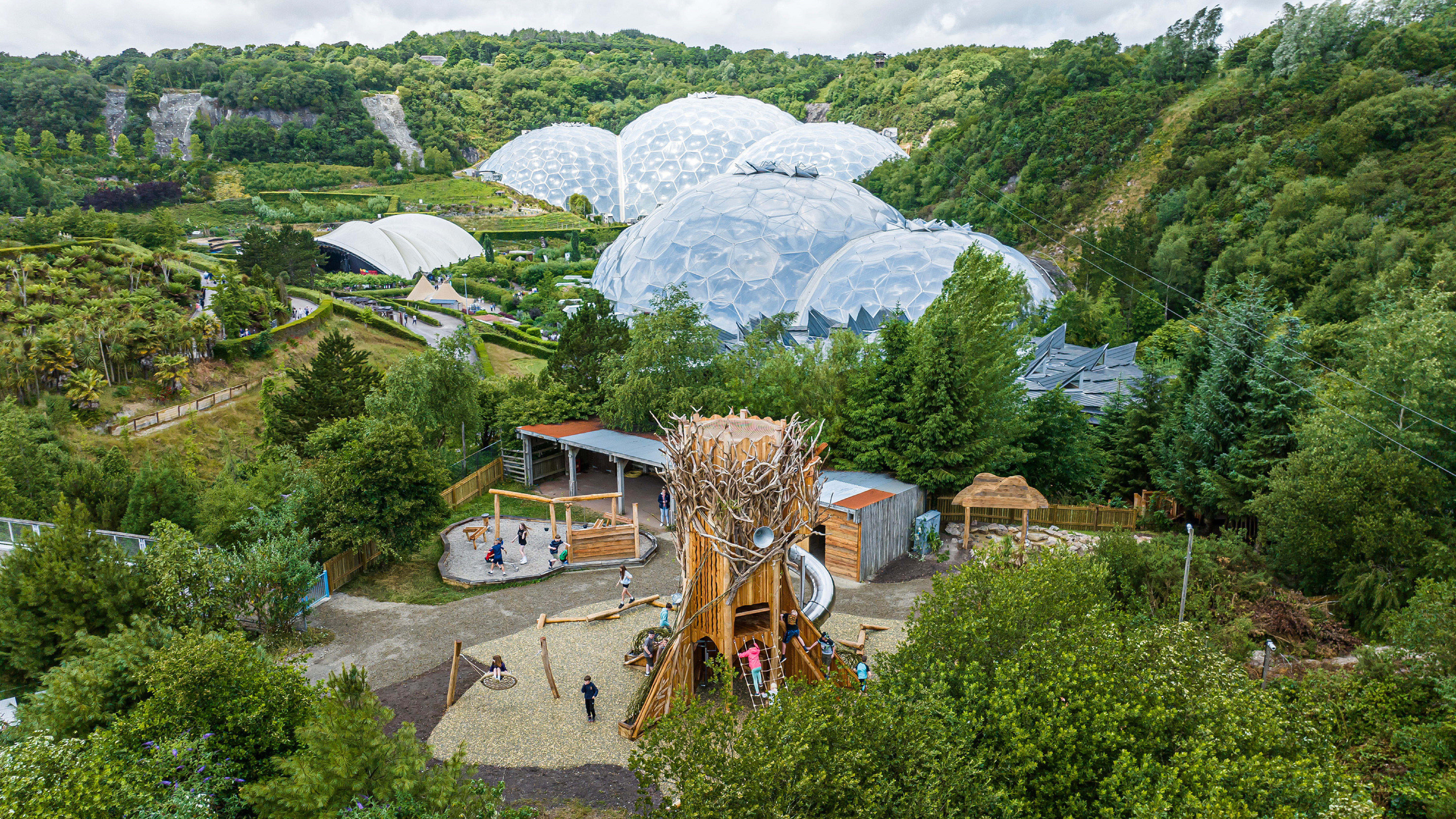
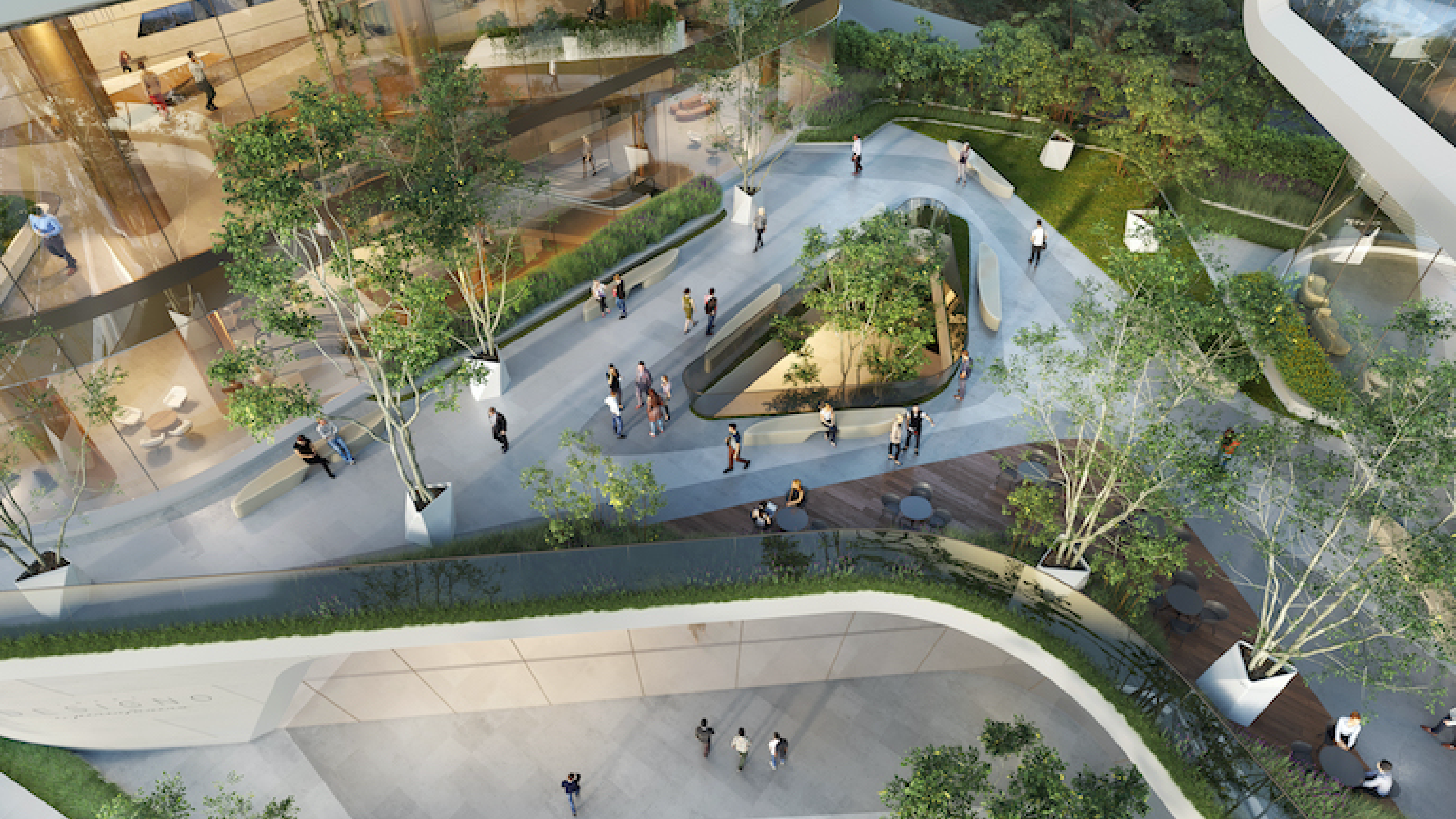
Leave A Comment